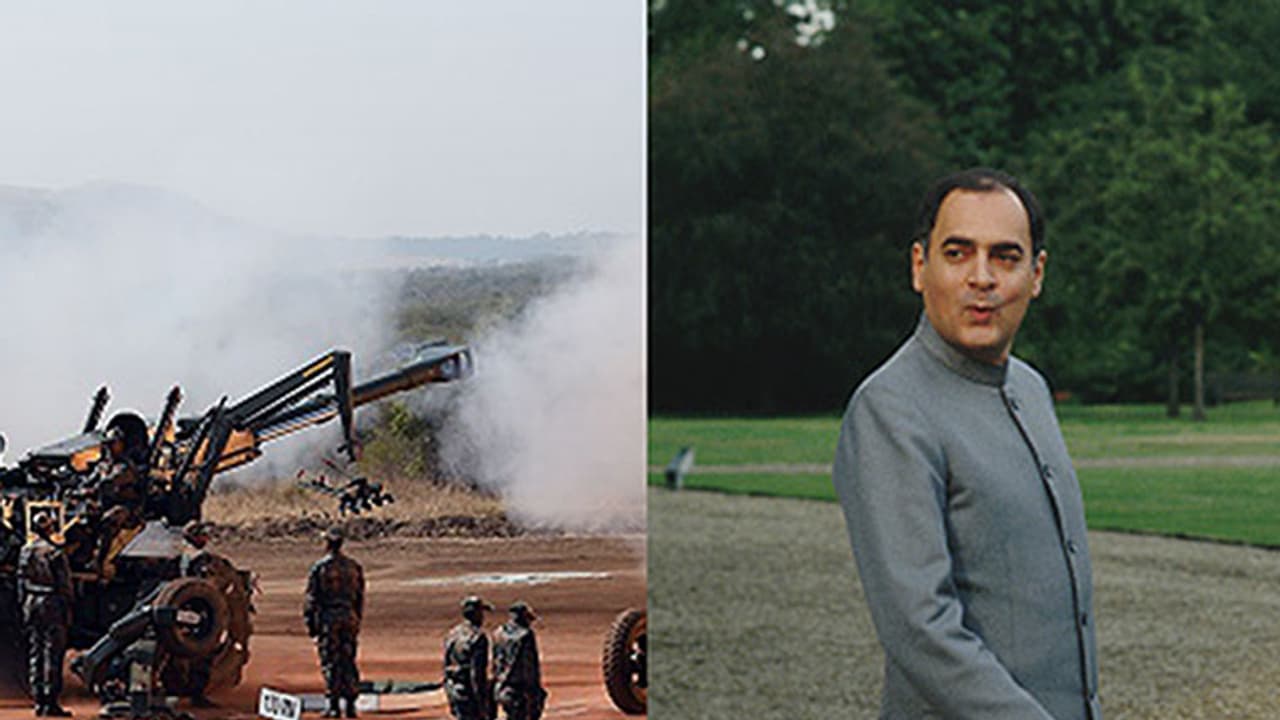Declassified CIA documents show Sweden terminated an investigation into the gun scandal in 1988. The Bofors Scandal remains a politically contentious issue in India. Systemic issues such as the role of middlemen have not been addressed.
April 16 this year marks the 30th anniversary of an event that still causes ripples in Indian politics and hangs as an albatross on the neck of the Indian military. On that day in 1987, Swedish Radio broadcast news that the arms manufacturer then known as Bofors had bribed Indian officials to secure a $1.5 billion contract to supply over 400 artillery guns to India.

In those 30 years, much has changed. From holding over 400 seats in the Lok Sabha in 1987 under Rajiv Gandhi, the Congress holds few more than 40 now. The company known as Bofors has been sold and resold multiple times since then — the legendary (or infamous!) division that makes artillery guns is now owned by the multinational BAE Systems. But India’s obsession with the Bofors Scandal refuses to go away.
On January 25, several Indian media outlets carried reports about recently declassified CIA documents on the Bofors Scandal. The documents claim that in 1988, the then Swedish government terminated a probe into the bribery claims to avoid embarrassing Rajiv. Political parties could well latch onto the CIA’s claims to target the Congress in the coming elections. But has India really missed the point about the Bofors Scandal?
Rajiv was among India’s most charismatic leaders and the Bofors Scandal shattered that image. By reducing the Bofors Scandal to a case of political corruption, successive governments have avoided addressing the systemic flaws that encourage corruption in arms purchases.
These systemic issues include a lack of ideas on how to regulate the role of “middlemen,” who are officially banned, but remain a vital part of most military purchases. Further, the absence of methods to monitor international transactions and shell companies, which often try to build ties with retired bureaucrats and defence personnel, ensures that most investigations hit a dead-end.
So what has been the real legacy of Bofors and similar scams like the HDW submarine scandal? The fact that none of the main decision makers have been convicted in court shouldn’t distract us from the adverse impact that these scams have had on defence procurement. Blacklisting a firm accused of corruption has become a time-honoured tactic since Bofors and continues to this day, much to the detriment of India’s military.
The HDW scandal provides a useful case study. The scandal ensured that India’s indigenous submarine-building programme came to a halt for nearly 20 years after building a mere two vessels. The Indian Navy remains critically short of diesel-electric submarines. South Korea and Turkey, which purchased submarines from the HDW around the same time as India, have built far more; South Korea even exports submarines now.
With India planning to spend nearly ₹5,00,000 crore on weaponry in the coming decades, the possibility of further allegations and incidents of corruption gets heightened. Until the systemic issues that led to scams such as Bofors are addressed, the armed forces will continue to pay the price.
